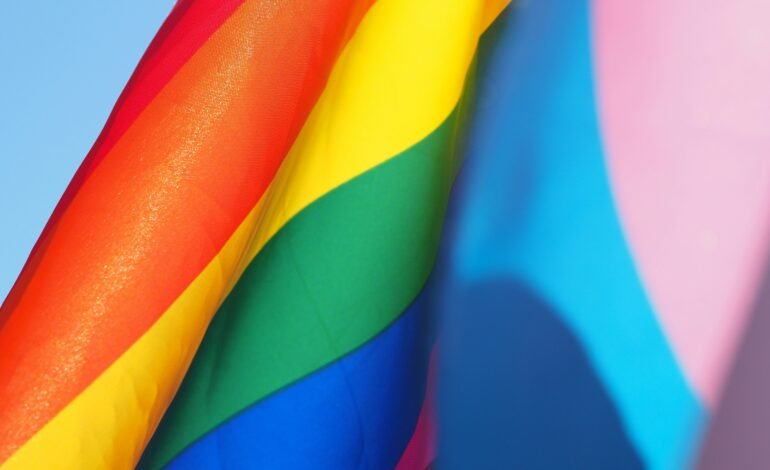Photo of Cecilie Bomstad in Unsplash
A growing debate has captured attention within LGBT communities on social media, in academic conferences, and in specialized media: Should “LGB” be formally separated from “TQ+”? Advocates are attempting to redefine historical alliances under new distinctions, while critics warn of the risk of fragmentation and exclusion.
For those who support separation, the fundamental difference lies in the object of the right. They argue that the rights sought by lesbian, gay, and bisexual people—such as recognition of partnerships and non-discrimination based on sexual orientation—do not necessarily coincide with the specific challenges faced by trans, non-binary, or queer people in terms of identity, health, and legal recognition. In this approach, "LGB" refers to the sphere of sexuality, and "TQ+" refers to gender identity and expression.
This is how an international LGB group has expressed the separation of non-binary and trans communities, as it could bring to the table some of the achievements the homosexual community has made over time and also bring gender ideology into discussion.
However, this proposal has not been well received by everyone. Several activists and academics warn of the danger of weakening political unity in the face of conservative discourse and legislative threats. Furthermore, subdividing groups could render invisible those who intersect with both (for example, bisexual and trans people). There is also concern about queer erasure: that emphasizing "LGB only" marginalizes plurality and undermines the visibility of less dominant identities.
Some leaders have proposed a middle path: maintaining an inclusive umbrella ("LGBTQ+"), but with more segmented internal structures that strengthen the specific voice of each group. Thus, each collective would have space for its demands without losing collective strength. This model is aligned with a modern understanding of fluid identities, where rigid labels no longer capture the complexity of many lives.
For now, the debate remains open. What seems clear is that the queer community is not monolithic: it is plural, diverse, and constantly reinterpreted. How it is structured politically will largely be a collective decision that will involve tensions, compromises, and ongoing redefinitions.
For more stories like this, follow More Latin.
Sources:

